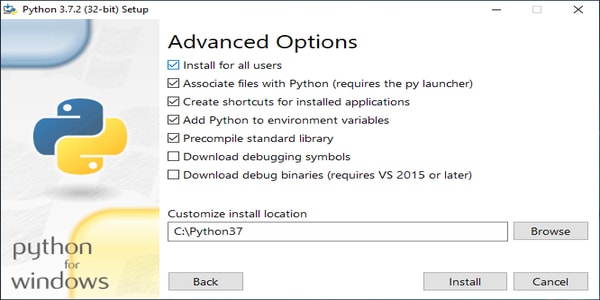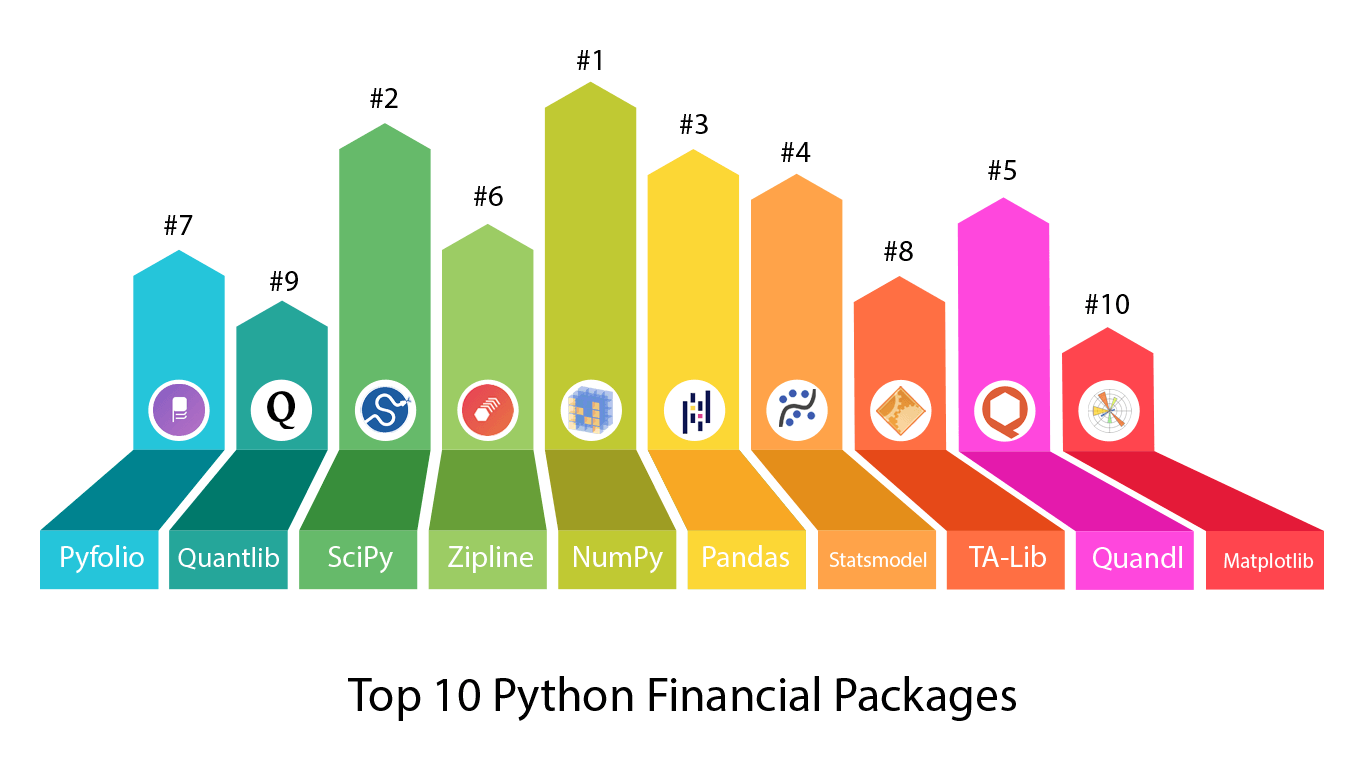

- #SCIPY MODULE FOR PYTHON 2.7 FREE DOWNLOAD HOW TO#
- #SCIPY MODULE FOR PYTHON 2.7 FREE DOWNLOAD INSTALL#
- #SCIPY MODULE FOR PYTHON 2.7 FREE DOWNLOAD WINDOWS#
How to Resolve ModuleNotFoundError: No module named ‘scipy’? This automatically installs the scipy library when the cell is first executed.
#SCIPY MODULE FOR PYTHON 2.7 FREE DOWNLOAD INSTALL#
This works for the scipy library too: !pip install my_package To install any package in a Jupyter notebook, you can prefix the !pip install my_package statement with the exclamation mark "!". Make sure to select only “scipy” because there may be other packages that are not required but also contain the same term ( false positives): How to Install scipy in a Jupyter Notebook? Here’s the general package installation process as a short animated video-it works analogously for scipy if you type in “scipy” in the search field instead:

#SCIPY MODULE FOR PYTHON 2.7 FREE DOWNLOAD WINDOWS#
Here’s how to open the command line on a (German) Windows machine:įirst, try the following command to install scipy on your system: pip install scipy It is now installed on your Windows machine. In this case, try "pip3 install scipy" or “ python -m pip install scipy“. The previous command may not work if you have both Python versions 2 and 3 on your computer.This installs scipy for your default Python installation. Type “ pip install scipy” (without quotes) in the command line and hit Enter again.Type "cmd" in the search bar and hit Enter to open the command line.How to Resolve ModuleNotFoundError: No module named ‘scipy’?.How to Install scipy in a Jupyter Notebook?.Tensor learning, algebra and backends to seamlessly use NumPy, MXNet, PyTorch, TensorFlow or CuPy. Python backend system that decouples API from implementation unumpy provides a NumPy API. Multi-dimensional arrays with broadcasting and lazy computing for numerical analysis.ĭevelop libraries for array computing, recreating NumPy's foundational concepts. NumPy-compatible sparse array library that integrates with Dask and SciPy's sparse linear algebra.ĭeep learning framework that accelerates the path from research prototyping to production deployment.Īn end-to-end platform for machine learning to easily build and deploy ML powered applications.ĭeep learning framework suited for flexible research prototyping and production.Ī cross-language development platform for columnar in-memory data and analytics. Labeled, indexed multi-dimensional arrays for advanced analytics and visualization

NumPy-compatible array library for GPU-accelerated computing with Python.Ĭomposable transformations of NumPy programs: differentiate, vectorize, just-in-time compilation to GPU/TPU. NumPy's API is the starting point when libraries are written to exploit innovative hardware, create specialized array types, or add capabilities beyond what NumPy provides.ĭistributed arrays and advanced parallelism for analytics, enabling performance at scale. With this power comes simplicity: a solution in NumPy is often clear and elegant.

NumPy brings the computational power of languages like C and Fortran to Python, a language much easier to learn and use. Nearly every scientist working in Python draws on the power of NumPy.


 0 kommentar(er)
0 kommentar(er)
